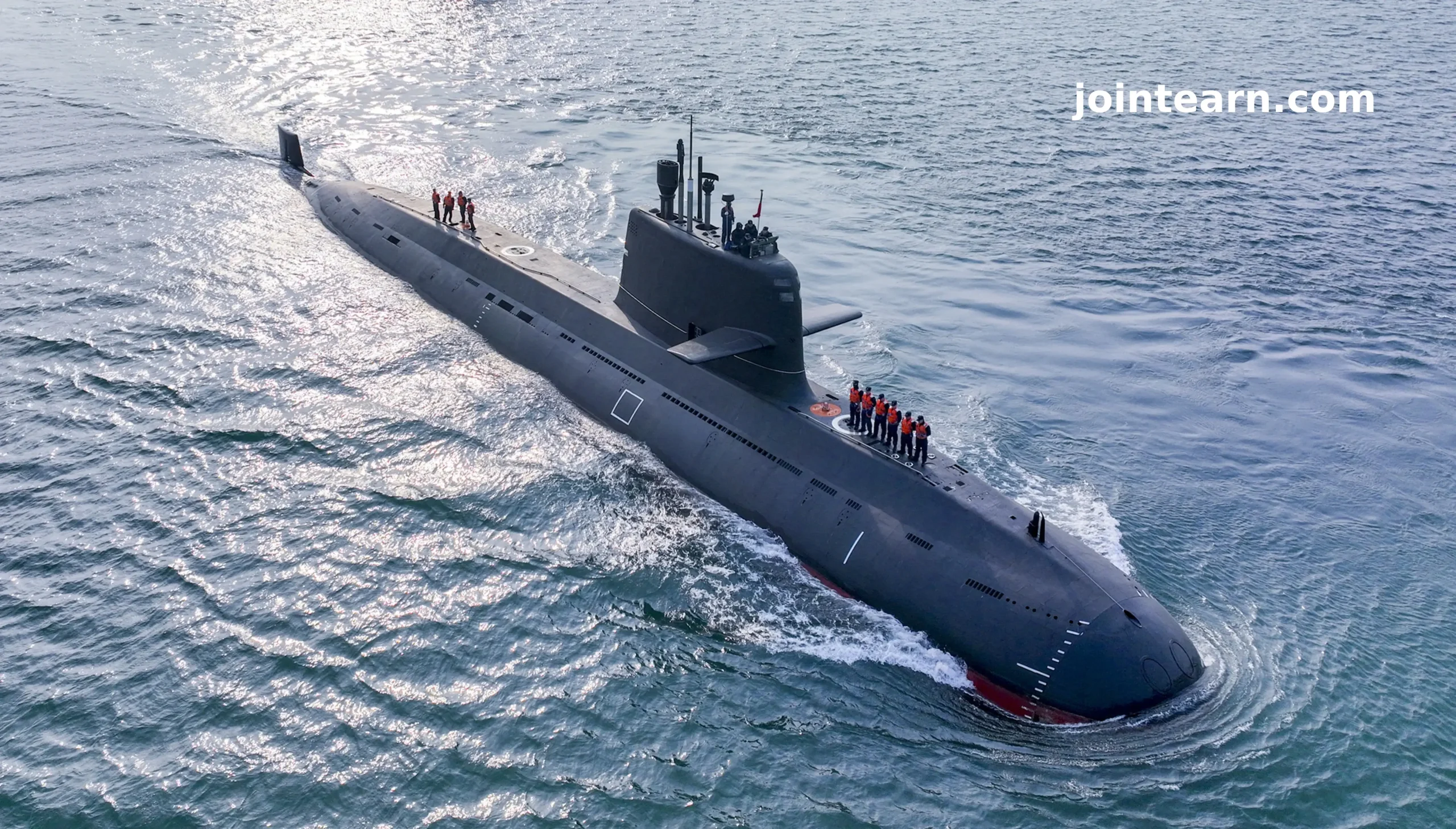China has announced a major breakthrough in underwater detection with its new quantum submarine detector—a drone-mounted CPT atomic magnetometer capable of identifying stealth submarines with unprecedented accuracy.
In recent trials conducted off the coast of Weihai, Shandong province, Chinese researchers successfully tested the Coherent Population Trapping (CPT) quantum sensor, demonstrating picotesla-level sensitivity in detecting magnetic anomalies beneath the ocean surface. The high-precision technology could give China a strategic advantage in anti-submarine warfare, especially in contested regions like the South China Sea.
How China’s Quantum Sensor Outperforms Traditional Tech
Traditional submarine detection systems, such as Optically Pumped Magnetometers (OPMs), often suffer from limitations in low-latitude regions due to the alignment of Earth’s magnetic fields. In contrast, China’s CPT atomic magnetometer overcomes this challenge by using quantum interference in rubidium atoms, leveraging Zeeman splitting to generate seven microwave resonance signals—unaffected by magnetic alignment.
According to a report from the South China Morning Post (SCMP), this quantum advancement may outperform Western technology like Canada’s MAD-XR system, which is widely deployed by NATO forces but is costly and complex. Chinese researchers claim their version is more cost-effective and scalable.
Stealth Submarine Tracking and More
In drone trials, the CPT sensor was suspended on a 20-meter cable to reduce electromagnetic interference from the aircraft. The drone covered a 400 x 300-meter grid, recording raw magnetic data with a 2.517 nanotesla (nT) accuracy, refined to 0.849 nT after correction.
These numbers suggest the technology could reliably detect submarine tail waves and minor magnetic anomalies that indicate underwater military activity.
Lead researcher Wang Xuefeng of the Quantum Engineering Research Centre, CASC (China Aerospace Science and Technology Corporation), stated the technology’s broader applications include:
-
Undersea archaeological mapping
-
Monitoring tectonic plates for earthquake prediction
-
Locating submerged oil reservoirs
Strategic Implications
This development may shift the balance of naval intelligence and stealth detection, especially in geopolitically tense regions. If scaled effectively, China’s quantum-based anti-submarine sensor could render traditional stealth submarine tactics obsolete in key maritime zones.
With underwater surveillance becoming a critical component of modern military strategy, this quantum submarine detection breakthrough represents a pivotal leap in next-generation warfare technology.












